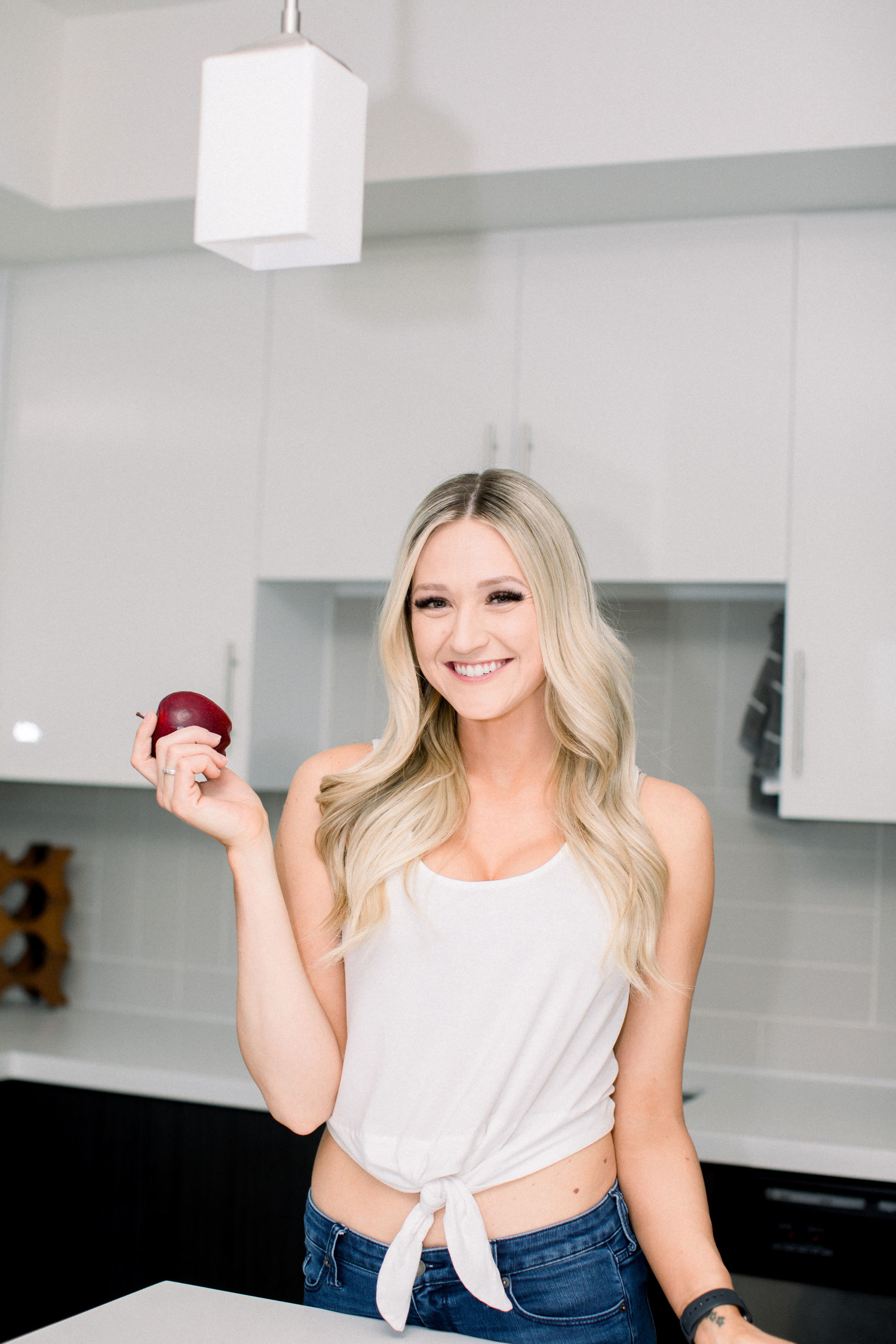What is “Flexible Dieting”?
Flexible dieting is all the rage right now, maybe you’ve heard of this phrase, or “If if fits your macros” (IIFY), on Instagram? But, the funny thing about flexible dieting is that it is no diet at all, really.
Flexible dieting refers to understanding food intake at a deeper level by tracking your total caloric intake and allowing for flexibility with foods, versus eating only eating “clean”, healthy foods and restricting. Flexible dieting also means you can incorporate fun foods (aka desserts and carbs) into your diet and still lose weight!
Calorie Deficit
There is a LOT of science to back up the fact that calories are calories, regardless of if they look “good” or “bad” to eat.
What this means is that the TOTAL number of calories you eat in a day is the most important factor for fat loss, weight gain, or maintaining. To lose body fat, you need to be eating less calories than your body needs to function; this is called a calorie deficit.
So the crazy thing about a caloric deficit is, as long as you are eating fewer calories than your body needs to function, you can burn fat cells.
This means, contrary to popular belief, that you can have a glass of wine or a donut and STILL lose weight, if you are eating fewer calories than your body needs.
This is the same for people who are trying to maintain their weight; as long as they eat their same maintenance calories and do not go over, then they can also have fun foods and stay the same number on the scale.
Once you eat more calories than your body needs though, you can gain fat cells, so this is where understanding calorie intake is key.
(Definitely recommend downloading the app Myfitnesspal to track food intake!)

80/20 Rule
Flexible dieting can be super fun, especially when you realize you do not have to deprive yourself to lose body fat! However, for obvious health reasons (like your heart and gut health), fitness experts still recommend you eat a majority of healthy, clean calories in your everyday diet.
The 80/20 rule of flexible dieting is amazing!
Basically, 80% of your daily calories needs to be healthy, nutrient-dense foods. Think of veggies, fruit, whole grains, protein, fiber, etc.
The other 20% of your daily food intake can then be fun, flexible foods, like ice cream, wine, a donut, or slice of pizza. The beauty here is that you do not have to restrict or feel guilty for enjoying some of these fun things every once in a whil!
Example Client
I will give you an example client so you can see what this looks like!
Let’s say Lisa’s calorie deficit number is 1700 calories a day to lose body fat.
80% of her calories for the day that would need to be clean, healthy calories is 1360 calories. That is fruit, veggies, whole grains, fiber, etc. Salads, bean bowls, tofu and rice, hummus and carrots. You get the idea!
20% of her calories that can be fun then, is 360 calories a day. This is a nice glass of wine, slice or two of pizza, or a Halo Top. You get the idea! Not restricting or going overboard, but still allowing for some fun foods.
Why Flexible Dieting Works
I could go on and on about this all day, but my opinion on why flexible dieting works and is so amazing is that it does not restrict, allows people to have freedom and sustainability, all while still reaching their goals.
Flexible dieting with the 80/20 rule allows people to still have a fun treat, go to a happy hour, or give into that small sweet tooth craving without feeling extremely guilty. There is an insane amount of science to back it up, I’ve used flexible dieting myself for over 5 years, and all of my clients thrive off of it! It’s seriously the way to go! ‘
If you have any questions about how to incorporate flexible dieting into your life, please leave them in the comments below!
-Jess
